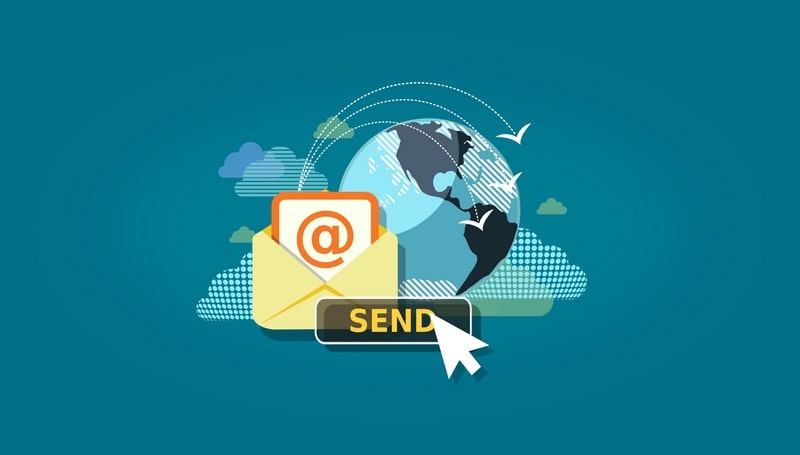Every day, the average Internet user receives dozens of e-newsletters. More than 215 billion e-mails are sent daily. Among them, more than 116 billion are letters of business content and almost 100 billion messages with commercial offers. E-mail marketing is even experiencing a new life: users open letters, read them, click on links and make purchases.
It is important to send letters at the right time
When setting up a schedule for distribution, it is important to take into account such two parameters as the time and frequency of sending E-Newsletters.
You can try to choose the optimal time yourself by sending letters on different days and different times. However, studies say that most often users open letters received in the middle of the week – on Tuesday, Wednesday, and Thursday.
The frequency of communication with your E-Newsletters subscribers
The question of the optimal frequency of E-Newsletters interests any marketing specialist who wants to maximize profit and response from his email activity.
After all, the task of the email marketer is to maximize the recipients’ response. But you can’t do this by simply filling the recipient with a large number of letters. In the end, such an excessive activity can lead to a high proportion of refusals and an increase in the number of inactive subscribers, who can unsubscribe from the newsletter over time.
But the easiest way to understand the effectiveness of mailing is to calculate the ratio of the number of openings of letters and clicks on the links in them to the total number of letters.
The topic of E-Newsletters
The first thing that the recipient sees is the topic of the letter. The topic is displayed in the list of other messages and, often, evaluating it, the recipient decides whether to read the letter or trash it without opening. In order for a letter to stand out among the many others received by the user, the first thing to do is to use a memorable topic. The topic should hook the reader, interest him, and promise him something interesting.
- Tell a story
A success story is an excellent content for E-Newsletters distribution, for example, for a training company or for an advertising agency.
- Demonstrate a clear benefit for the recipient.
An example of such a topic could be the following: “learn how to save 20% on email newsletters”. The specific benefit, expressed in numbers, will certainly interest the buyer.
- Arouse curiosity
You can interest the user by offering him a curious topic. For example, “90% of marketers make this mistake when planning a budget”. Many readers will want to know if they fall into this 90%.
- Useful content related to your suggestions
For example, a cleaning company can talk about the tricks of the general cleaning of an apartment or how best to pack things that are hidden for storage. A mobile operator can write “how not to fall for scammers”. Useful content from the seller of clothes is fashionable bows of the season and discount offers.
- Promotions, special offers, sales
Do not be afraid to notify customers about lucrative offers. For example, free delivery, discount on the previous collection, sale for the holiday. Not all customers have the opportunity to monitor the site and keep track of all special offers. And having learned about a discount from an e-mail, such a client is more likely to buy goods. Or just because he likes discounts.
- Interesting numbers, research, news
Such content may also be interesting to some readers, especially if the study was conducted by your company, and the recipients of the e-newsletter are market colleagues and journalists.
A few words about the design
The topic forms the first impression of the letter, and the second one is formed due to its design. It is also worth considering that many e-newsletters are viewed on mobile devices, so the letter should be displayed correctly on large screens, as well as on smartphones and tablets. Adaptive mailing design today is a must.
- Text decoration
The text should consist of short sentences without vapidity, be divided into paragraphs with empty lines between them and with highlighted links. Titles and bulleted lists can be used in the text.
- Branded colors and fonts
In the e-newsletters, you should use company colors, no more than 2-3 fonts, so that the letter does not look too bright.
Conclusion
Each of us receives many emails every day. Therefore, the best way to create the e-newsletter for distribution is to make one that you would like to read. Just put yourself in the mailing list and you will succeed.


